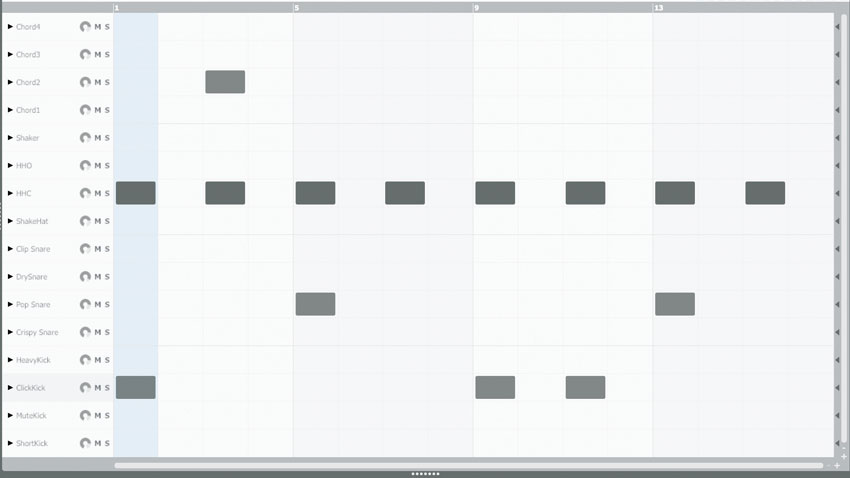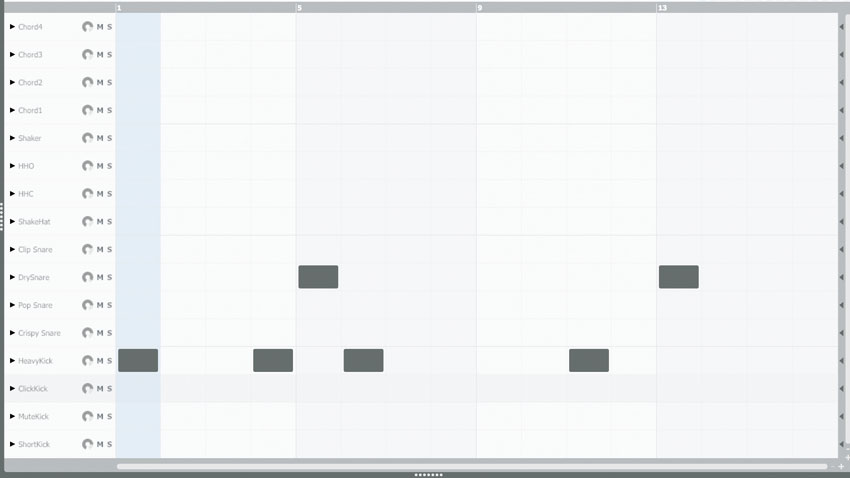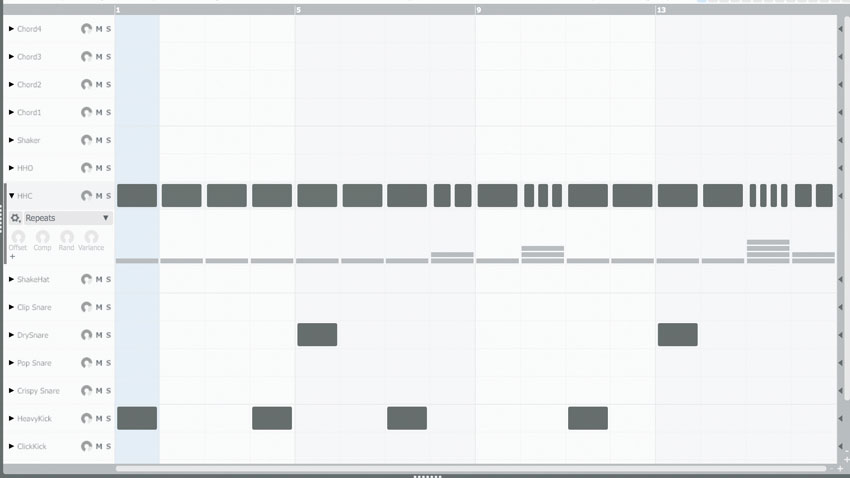How to program 6 classic hip-hop, trap and grime beats
Ranging anywhere from 80-140bpm, both US and UK urban beats feature unique rhythmic tropes. Let’s look at a few…
Hip-hop and it's sonically grittier transatlantic offshoots, grime and trap, are incredibly diverse when it comes to drum parts, from the old-skool boom-bap of the 90s to today’s sub-heavy 808-driven floor-shakers.
In this walkthrough, we'll give you a percussive overview of six enduring hip-hop-based styles. For more on programming electronic beats, pick up the June edition of Future Music.

Step 1: ‘Golden era’ 90s hip-hop used funk breakbeats and drum hits sampled from vinyl and replayed via the Akai MPC sampler/sequencer, giving a crusty groove based on that signature kick-snare interplay. Many DAWs offer MPC groove templates to emulate its classic timing. Try one and tweak it to your track.

Step 2: Hip-hop producer J Dilla popularised the employment of triplet-style swing. Create lazy, ‘drunken’ beats by quantising elements to a 16th triplet grid, or simply lay down eighth-notes and slide them off the grid manually, as we’re doing here.

Step 3: Sampled breaks are less common in modern hip-hop, where the Southern US/Atlanta trap aesthetic now dominates. It’s a style based almost exclusively on a palette of Roland TR-808 drum machine one-shots – draw in a syncopated kick pattern, with the snare on either the 2 and 4, or beat 3 of the bar.

Step 4: Aside from a sub-shaking 808 kick/bass ‘boom’ and tinny clap/snare, it’s the shifting hi-hat rhythms that give current-day US hip-hop and trap their signature skittishness. Lay down an eighth-note closed hat pattern, then drop in 16th- and 32nd-note ‘trills’ among sparse ghost-note snares on even 16ths.

Step 5: UK grime is a fast-paced (140bpm-ish) blend of US hip-hop and UK bass music. The genre is aesthetically ‘cheap’: dry-sounding drum machine hits are programmed robotically on the quantise grid. The main snare or clap is often displaced, repeated and syncopated for a ‘rushy’ feel.
Want all the hottest music and gear news, reviews, deals, features and more, direct to your inbox? Sign up here.

Step 6: By merging the above styles with modern DnB and dubstep basslines, bass producers such as EPROM, Ivy Lab and Alex Perez are pioneering a more club-focused take on urban beats. Here, the drum programming is noticeably more minimal and ‘wonky’, allowing the relentless bass-synth pressure to dominate.
Future Music is the number one magazine for today's producers. Packed with technique and technology we'll help you make great new music. All-access artist interviews, in-depth gear reviews, essential production tutorials and much more. Every marvellous monthly edition features reliable reviews of the latest and greatest hardware and software technology and techniques, unparalleled advice, in-depth interviews, sensational free samples and so much more to improve the experience and outcome of your music-making.
